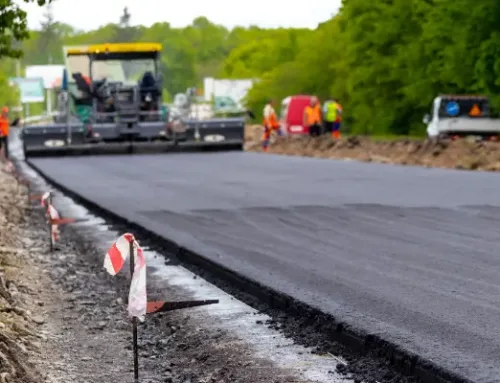Grading, in the context of construction and landscaping, refers to the process of leveling or shaping the ground to achieve a desired slope or surface contour. It is a crucial step in various construction projects, including road construction, building foundations, landscaping, and drainage systems. Grading is performed to create a smooth and even surface, ensuring proper functionality and stability.
Key Aspects of Grading
Here are some key aspects of grading:
- Leveling the Ground: Grading involves the removal or addition of soil to achieve a level or graded surface. This is particularly important for foundations, pavements, and other structures where a flat and stable base is required.
- Slope Establishment: In many cases, grading is done to establish a specific slope or gradient on the ground. Proper slopes are essential for effective drainage, preventing water accumulation, and ensuring the stability of structures.
- Excavation and Fill: Grading often involves excavation to remove excess soil or fill to add soil in areas where the ground needs to be built up. This process helps achieve the desired elevation and contour.
- Site Preparation: Before construction begins, grading is performed to prepare the site for various activities. It may include clearing vegetation, removing obstacles, and creating a suitable foundation for buildings or infrastructure.
- Water Drainage: Proper grading plays a critical role in managing water drainage. Grading ensures that water flows away from structures, preventing water damage and erosion. Establishing proper slopes helps direct water to designated drainage systems.
- Landscaping: In landscaping projects, grading is used to shape the terrain, create garden beds, and establish different elevations for aesthetic purposes. It provides the foundation for landscape features and helps control water movement within the landscape.
- Road Construction: Grading is a fundamental step in road construction, where the roadbed needs to be shaped and leveled. Proper grading contributes to the safety and longevity of roads.
How is Grading Done?
Grading is typically done using heavy equipment such as bulldozers, graders, and excavators. The process requires expertise to ensure that the final grade meets the project specifications. Professional surveyors and engineers are often involved in grading projects to accurately measure and control elevations. The goal is to achieve a stable and well-drained surface that meets the functional and design requirements of the construction project.


